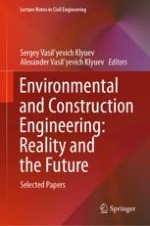2021 | OriginalPaper | Chapter
Using Leaves and Needles of Trees as Sorption Materials for the Extraction of Oil and Petroleum Products from Solid and Water Surfaces
Authors : A. V. Svyatchenko, I. G. Shaikhiev, S. V. Sverguzova, E. V. Fomina
Published in: Environmental and Construction Engineering: Reality and the Future
Publisher: Springer International Publishing
Activate our intelligent search to find suitable subject content or patents.
Select sections of text to find matching patents with Artificial Intelligence. powered by
Select sections of text to find additional relevant content using AI-assisted search. powered by
